
Аннотация
Neo is an artificially constructed international auxiliary language created by Arturo Alfandari, a Belgian diplomat of Italian descent. The language combines features of Esperanto, Ido, Novial and Volapük. The root base of the language and grammar (in contrast to that of Esperanto and Ido) are closely related to that of the English language.
The first draft was published in 1937 by Arturo Alfandari but attracted wider attention in 1961 when Alfandari published his books Cours Pratique de Neo and The Rapid Method of Neo. The works included both brief and complete grammar, learning course of 44 lectures, translations of literary works (poetry and prose), original Neo literature, scientific and technical texts, idioms, detailed bidirectional French and English dictionaries. The total volume of the publications was 1304 pages, with dictionaries numbering some 75 000 words. Such a degree of details was unprecedented among constructed languages of the time.
The language stands in the tradition of international auxiliary languages such as Esperanto or Ido, with the same goal: a simple, neutral and easy to learn second language for everybody.
Neo attracted the interest of the circle around the International Language Review, a periodical for IAL proponents whose publishers co-founded the international Friends of Neo (Amikos de Neo) with Alfandari; the organization also published its bulletin, the Neo-bulten. For a few years it looked like Neo could be a serious competition to Esperanto and Interlingua.
As Alfandari's health worsened, to avoid disappearance of his language, he founded a second, more serious organization: the Academy of Neo (Akademio de Neo), with the task of regulating, nurturing and spreading the language; but the organization turned out to not to be very successful. Progress was cut short by Alfandari's death in 1969 and the language was mostly forgotten.[1]
![Книга предлагает эффективную программу, позволяющую значительно активизировать работу и взаимодействие глаз и головного мозга в процессе чтения... Учебник быстрого чтения [Главы 6 -10]](https://www.rulit.me/data/programs/images/uchebnik-bystrogo-chteniya-glavy-6-10_268517.jpg)
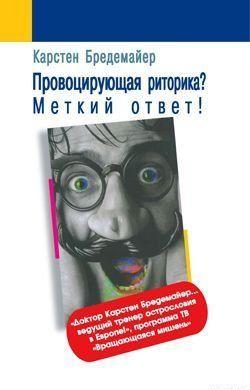
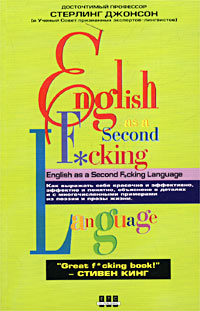
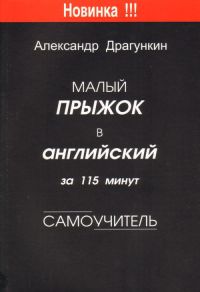
![Учебник для изучения татарского языка в русских школах, датируемый 1925 годом, и, если не ошибаюсь, это один из первых учебников татарского языка написанный для... Rus Maktablare Ochn Tatar Tle Darslege [Рус мәктәпләре өчен татар теле дәреслеге - Русь мяктябляре учюн татар тлэ дярслеги - Учебник татарского языка для русских школ (арабская графика)]](https://www.rulit.me/data/programs/images/rus-maktablare-ochn-tatar-tle-darslege-rus-m_258400.jpg)
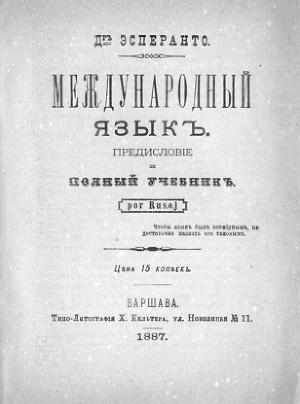
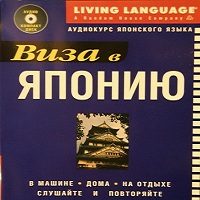
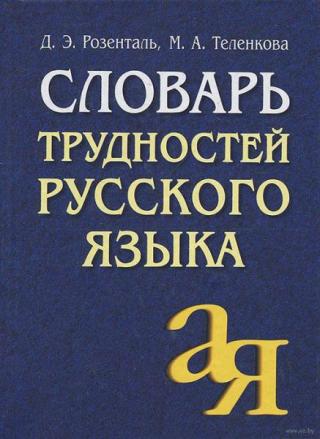
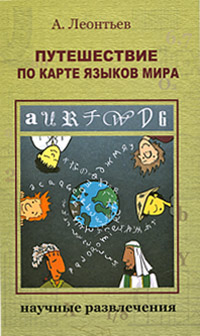
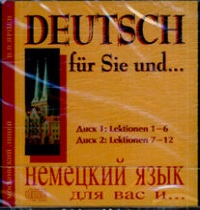
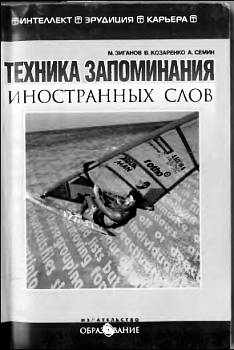
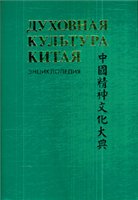
Комментарии к книге "The Rapid Method of Neo"